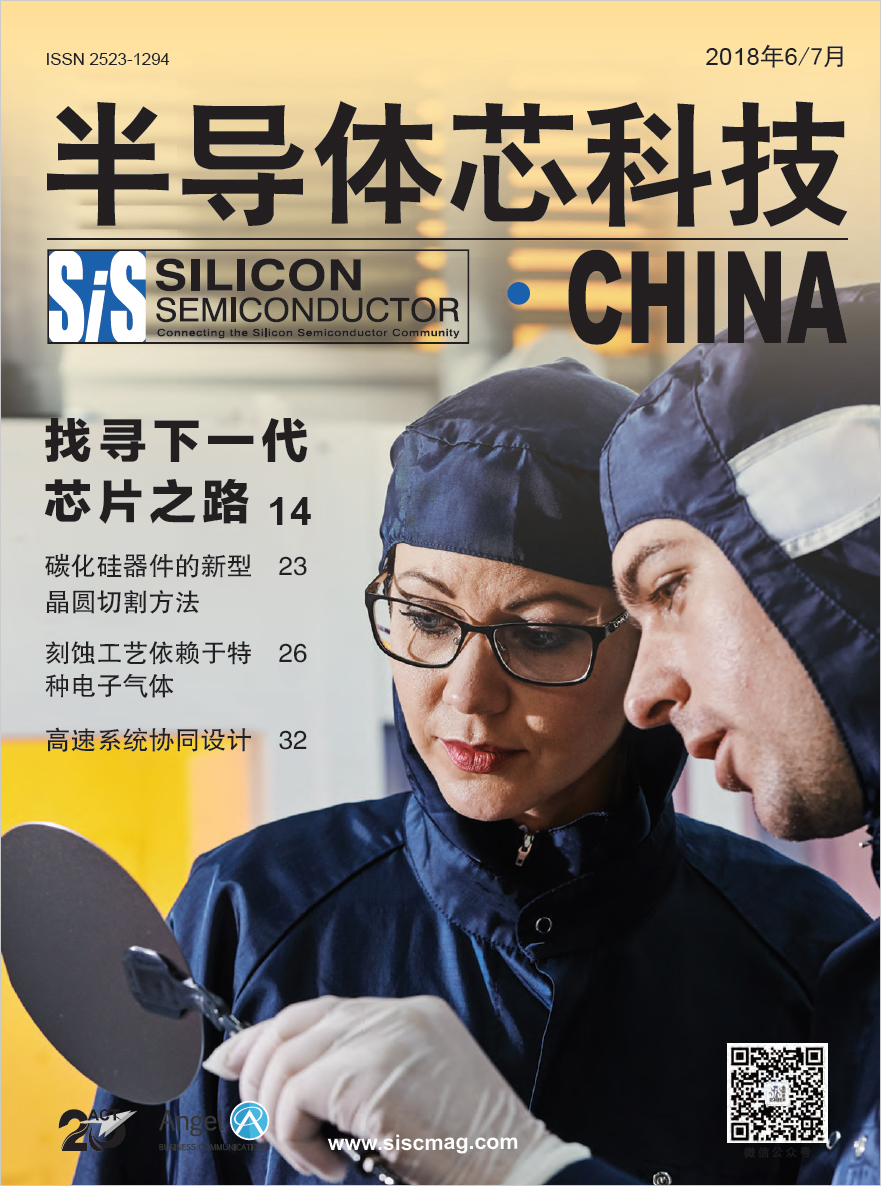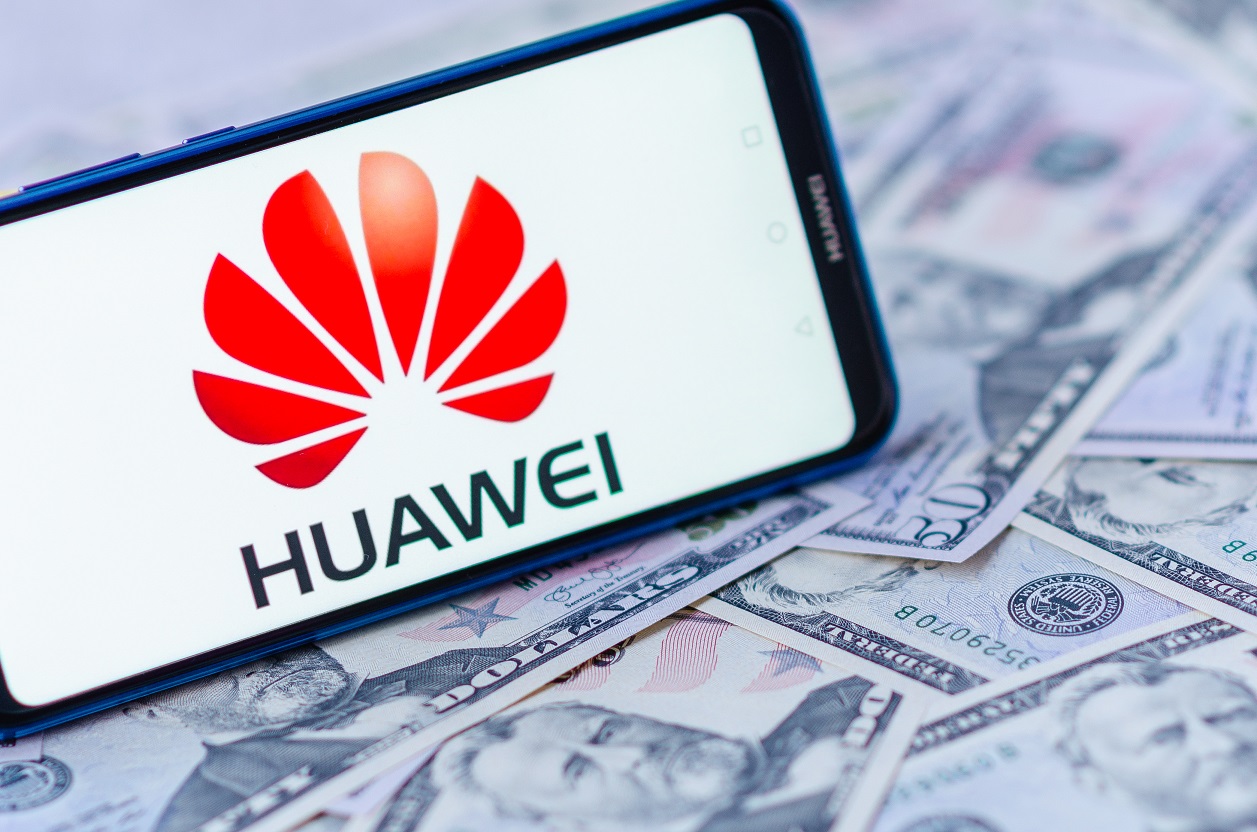
Cree: Full Speed Ahead?

Will Cree's bold plans for SiC expansion be thwarted by rising US-China tensions, asks Rebecca Pool.
As the dust settles on the industry news that Cree is to invest a mighty $1 billion in the expansion of its SiC capacity, a blot on the landscape has already formed in the shape of Huawei.
Following the US Bureau of Industry and Security (BIS) decision to add the beleaguered China tech giant to its 'Entity List', banning the business from buying components from US-based companies, Cree has updated its fourth quarter of fiscal 2019 financial guidance.
Based on the BIS decision and softer than expected demand for the company's LED products, the range of expected revenue from continuing operations has shifted from between $263m and $271m, down to $245 m and $252m.
The lack-lustre LED product demand won't come as a huge surprise to most. When third-quarter results were released, chief executive, Gregg Lowe stated: “The LED market is experiencing softness... if needed we will shift manufacturing capacities to Wolfspeed should the LED market continue to soften.”
And as Lowe recently confirmed to Compound Semiconductor: “Our [$1 billion] investment won't impact our LED business... we have a fifty-fifty mix of GaN-on-sapphire and GaN-on SiC [LEDs] right now and we are moving towards sapphire-based LED products to free up SiC capacity for Wolfspeed.”
But what will hurt more is the fact that revenue for products and materials associated with Huawei's wireless infrastructure build-out was expected to be up to $15m in the fourth quarter of fiscal 2019.
In a general statement, the company said: “Pending any further guidance from BIS, [Cree] does not expect to ship any additional products in the fourth quarter for the Huawei build-out and cannot predict when it will be able to resume such shipments.”
So what will be the impact of the BIS decision on Cree's SiC investment plans? When asked for comment, a Cree spokesperson simply said: “There is no impact on the expansion plan.”
Indeed, in its latest financial update, the company alluded to the fact that it will be seeking to obtain licenses from BIS so it can ship products to Huawei in the future.
And without a doubt, right now, Cree remains a formidable entity in compound semiconductor markets.
Acquiring the assets of Infineon Technologies' RF Power business last year has expanded Wolfspeed's offering of power and RF GaN-on-SiC power products, and also bolstered the company's position against competitors such as Analog Devices and Qorvo.
The company's long-term SiC supply deals with ST Microelectronics, Infineon and an undisclosed third company - worth more than $500 million - clearly provide manufacturing security, with more to follow.
As Lowe has told Compound Semiconductor: “I would anticipate that sometime over the next year we'll have another couple of supply agreements in place.”
And more recently, the Volkswagon Group selected Cree to join its 'Future Automotive Supply Tracks' Initiative to accelerate technical innovations and drive vehicle projects forward. Other partners include Infineon and Osram.
“Volkswagon has something of the order of 50,000 suppliers of which only 67 are FAST suppliers - so we're in rarefied air... and they are excited about the capital expansion,” said Lowe.
Cree chief executive, Gregg Lowe, and Michael Baecker, Head of Volkswagen Purchasing Connectivity, during Volkswagen Group’s FAST partner selection ceremony.
So against this backdrop, it becomes clearer how Lowe has managed to dramatically boost Wolfspeed's business by more than 100% in nearly two years, and could well continue to do so.
According to the chief executive, with the sale of Cree's Lighting products business now closed, the company now has some $1 billion in cash that will 'largely' fund the expansion across five years.
During this time, two existing wafer fabs will be reconfigured into 'materials mega factories' while an existing structure will be built out into a 200 mm power and RF wafer fabrication facility.
The company intends to ramp manufacture of 150 mm wafers in 2022. But, importantly, come the mid-2020s, Lowe expects to convert production from 150 mm to 200 mm wafers, which coincides with anticipated increases in demand for electric vehicles.
“The adoption rates of electric vehicles will definitely not be stable by 2024,” says Lowe. “Right now less than 1% of cars are electric and between 2025 and 2030 most people think this figure will reach about 20%... that is going to be a pretty substantial ramp.”
But rapid electric vehicle ramp or not, Cree is operating in a highly competitive landscape, clouded, at least in the short term, by the BIS ban on Huawei. Will Wolfspeed's bright future shine through?
On announcing the financial update, Cree's shares dipped by some 4%. However, within two days, share prices were bouncing back.
As Lowe put it: “When we announced the expansion at PCIM Europe [exhibition and conference] there was an audible gasp... and I believe this is the largest investment in the history of silicon carbide.”
“Who knows what the competition is going to do,” he added. “But in order for them to keep up they will have to invest one billion dollars and increase their capacity by thirty-fold... that's a pretty tall order.”


































